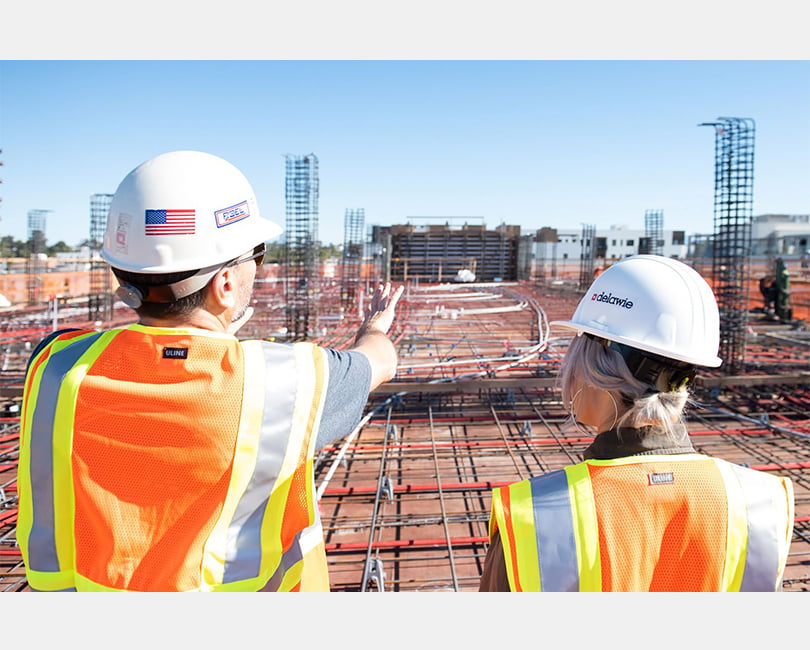Tax Credits for Contractors – The Savings You Might Be Missing Out On

Many contractors mistakenly assume that their operations are not high-tech enough to qualify for the Federal Research and Development Tax Credit or that tax strategy is reserved for other industries. The truth is that contractors frequently qualify for this source of tax savings.
What Exactly Is the R&D Tax Credit?
In December 2015, Congress passed the Protecting Americans from Tax Hikes Act (PATH) which included a provision that made the R&D credit permanent, allowing companies to plan with at least some certainty.
More importantly, the PATH Act eliminated limitations caused by the Alternative Minimum Tax (AMT). The complexities of the AMT are beyond the scope of this blog. To paraphrase, many companies who did invest time and resources to track and generate the R&D Credit found that their owner’s ability to utilize the credit was significantly limited once the credit reached their personal tax returns. As of January 1, 2016, the AMT no longer impacts the ability to use credits if the claiming company has annual gross receipts of $50 million or less. For startup companies –in business for five years or less and with annual average gross receipts of $5 million or less – the credit can be utilized to offset employer payroll taxes.
How Much is the R&D Tax Credit Worth?
The credit computation is complex, but in general, it will be 5 to 6.5% of qualified research expenses (QREs). QREs include the wages of employees involved in the qualified activity, supplies consumed in the activity, and 65% of the cost of any contracted research expenses.
Let’s look a little closer at those expenses. Wages include not only those of the staff directly performing the qualified activity but also those related to a supervising or support role. Supplies include any items consumed during the qualified activity, with the exception of capital expenditures that would be depreciated. Contracted research could very well be the cost of your subcontractors on a project.
What are Examples of Qualifying Activities?
We know contractors qualify for the R&D Credit, but how exactly? The development of a new or improved business component that is technological in nature; involves the process of experimentation, where; uncertainty is eliminated, and; the ultimate purpose is a new or improved function, performance, reliability, or quality.
A key element of this credit is that the new process, technique, project, etc., does not have to be unique or revolutionary. In fact, it doesn’t even have to be proven successful. It simply needs to be new to the company in how it applies to the specific project. Below are some specific examples of qualifying activities.
- Developing new techniques and methods of construction.
- Analyzing structure and facility design.
- Energy efficiency initiatives, including LEED projects.
- HVAC system design.
- Electrical system design.
- Improving building performance, reliability, quality, safety, or function.
- Design-build.
- Pre-construction planning.
Once you have generated the federal credit, you also have an opportunity to qualify for a state R&D credit. Approximately 40 states currently participate in a research and development credit program. The mechanics of the programs can vary widely from state to state, so it is important to do your research or consult with a professional to understand the process.
I’ve worked with numerous companies who initially believe they don’t qualify for R&D credits, and more often than not, we can not only identify R&D costs but calculate the credit and develop documentation that supports our conclusions. For more insight into the benefits of this profitable yet overlooked tax strategy, contact me today.



